Samsa: Basic Information
Pronunciation
Alternative Name(s)
Dish Type
Course
Mealtime
Popular Variations
Samsa: Ingredients and Preparation
Main Ingredients
Main Cooking Method
Preparation Process
Samsa: A Deep Dive
Cultural Significance
Taste
Texture
Aroma
Color
Serving Style
Serving Temperature
Accompaniment
Occasions
Seasons
Special Diets
Calories
Popularity
Popular Similar Dishes
- Samosa
- Empanada
- Chebureki
- Kibinai
- Turnover
Popular Dining Area
Samsa is a traditional savory pastry stuffed with fillings from Central Asia that is popularized all the way to the Xinjiang Uygur Autonomous Region of China, Kyrgyzstan, Kazakhstan, Turkmenistan, Uzbekistan, and Tajikistan.
By baking samsa in a tandoor oven, the snack gets a crunchy crust. The flour mix for making samsa is like regular bread dough or layered pastry dough.
In terms of filling, locals in Central Asia mostly use lamb, minced and mixed with onions. However, other areas also introduce options like minced beef, chicken, cheese, and vegetables (pumpkin or potato) from street food vendors.
As a popular snack in Central Asia, the population usually sells hot samsa at kiosks along with many fast food items.
With the exciting features on the side, there is still more to unravel, like the features of samsa in different nations along with the pros and cons of consuming this snack, a comparison between samsa and samosa, or some answers to your most common questions.
Key Points
Samsa Images
How Samsa is Enjoyed in Different Countries?
Samsa spreads to a wide range of nations which offers different takes and adaptations. Therefore, it’s interesting to look into the characteristics of this pastry in each country:
| Country | Samsa Characteristics |
|---|---|
| Bashkir | Often filled with meat and onions, similar to other Central Asian styles. |
| Crimean | Crimean Tatars’ version, typically baked with meat, onions, and spices. |
| Kazakhstan | A popular snack filled with minced meat, onions, and fat |
| Kyrgyzstan | Traditional pastry, triangular, filled with meat and onions, baked. |
| Russia | Popular in cities like Moscow, often enjoyed as a snack. |
| Tajikistan | Popular as a snack or side dish, with meat fillings being a popular option. |
| China | A street food item in the Xinjian region of China, it’s mainly enjoyed by Uyghur communities |
| Uzbekistan | Staple in cuisine, made with various meats, common in Uzbek restaurants, food kiosks, and trucks. |
| Turkmenistan | Enjoyed with various fillings, including meat and vegetables. |
Next, you shouldn’t miss the chance to unravel all the benefits and drawbacks that others often face when eating samsa.
Pros and Cons of Eating Samsa
It’s a peace of mind to enjoy samsa after knowing about the good and bad effects that this baked pastry has on your body. Also, the variety and affordability features of samsa make the snack attractive.
Pros
Cons
While it’s interesting to find out about all the good and bad things about consuming samsa, you should take it further by learning about the features that set samsa apart from samsa and samosa.
What Are the Differences Between Samsa and Samosa?
Samsa and samosa are easily distinguishable thanks to these features of each specialty.
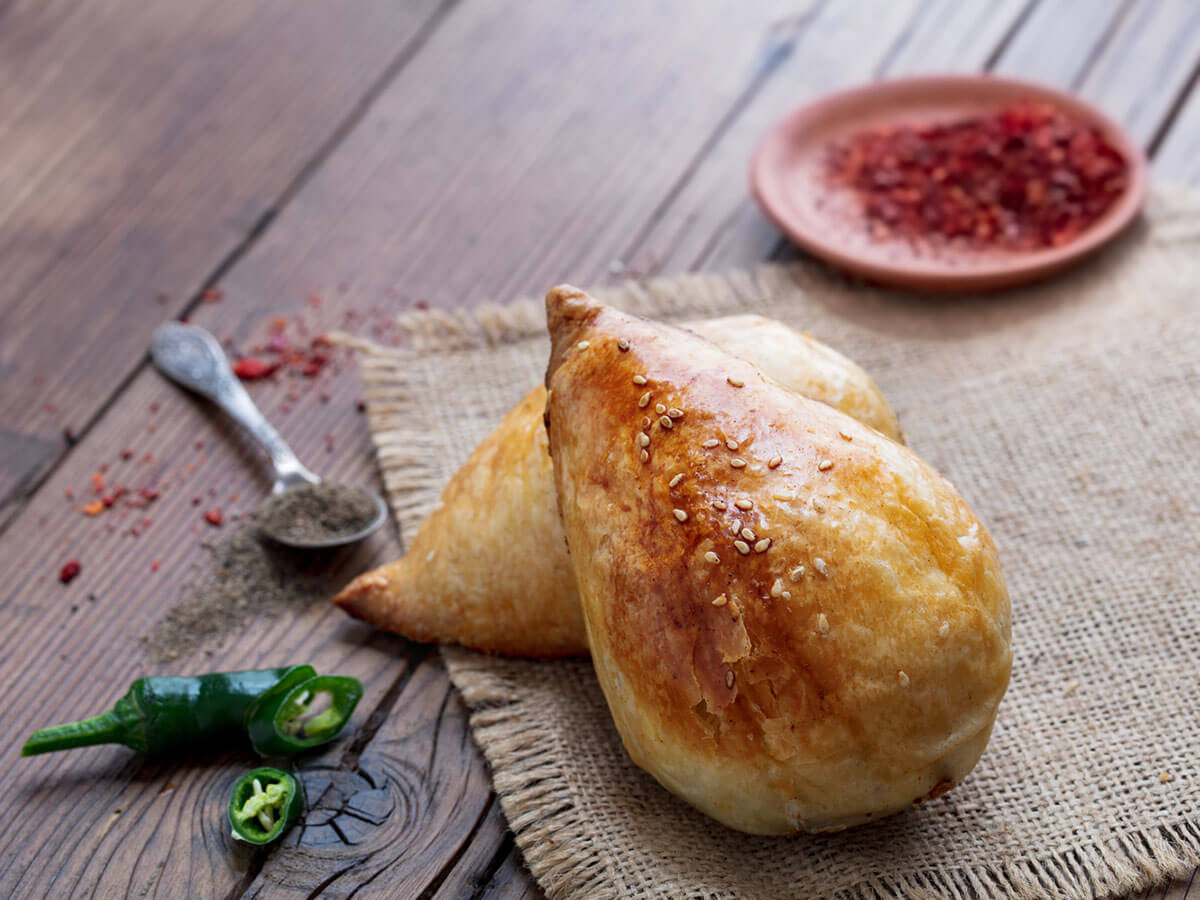
Samsa
Origin: Central Asia
Cooking Method: Baking
Filling: Minced lamb, onions, chicken, beef, cheese, potato, or pumpkin
Serving: Snack or quick meal
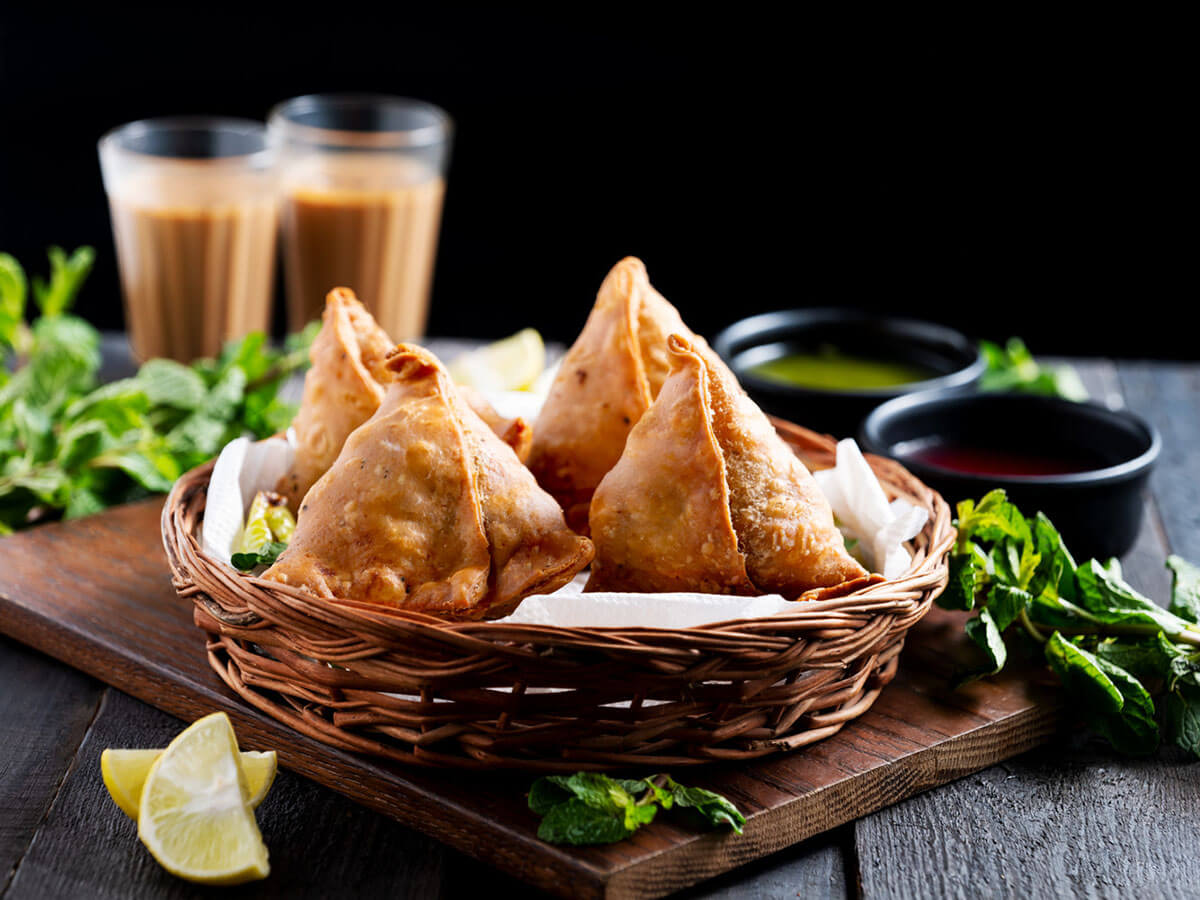
Samosa
Origin: Indian subcontinent
Cooking Method: Deep-frying
Filling: Spiced potatoes, peas, meat (chicken or lamb)
Serving: Snack, entrée, or appetizer
When you have learned the differences between these two snacks, now is a great time to figure out some of the concerns about this samsa snack.



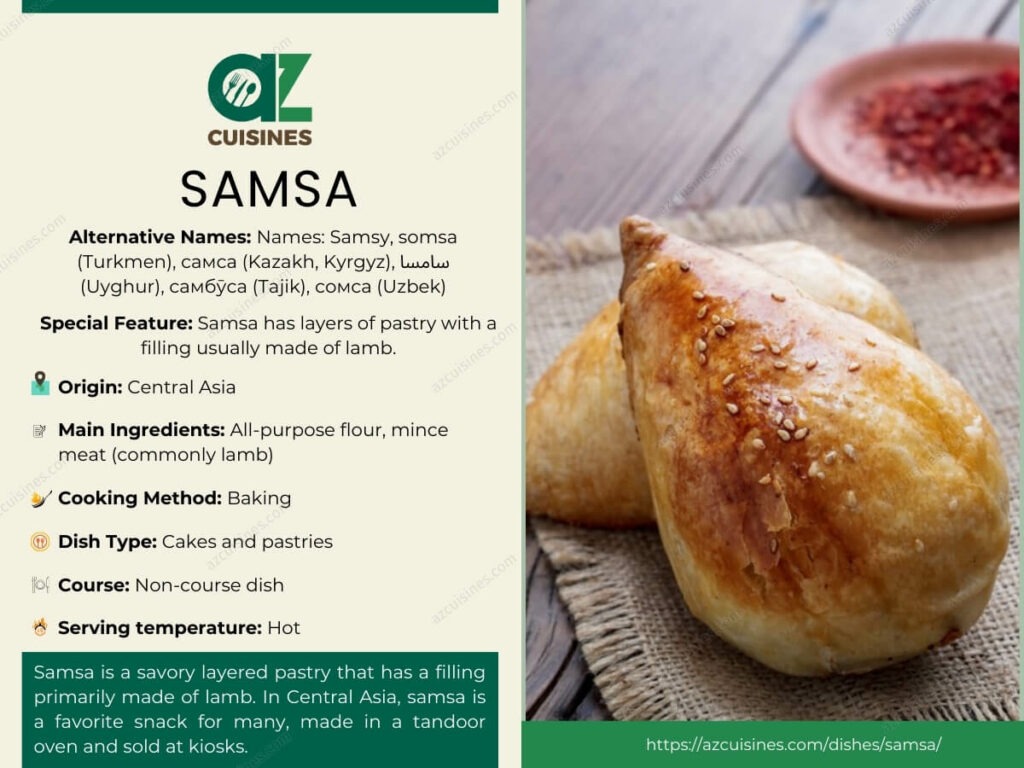
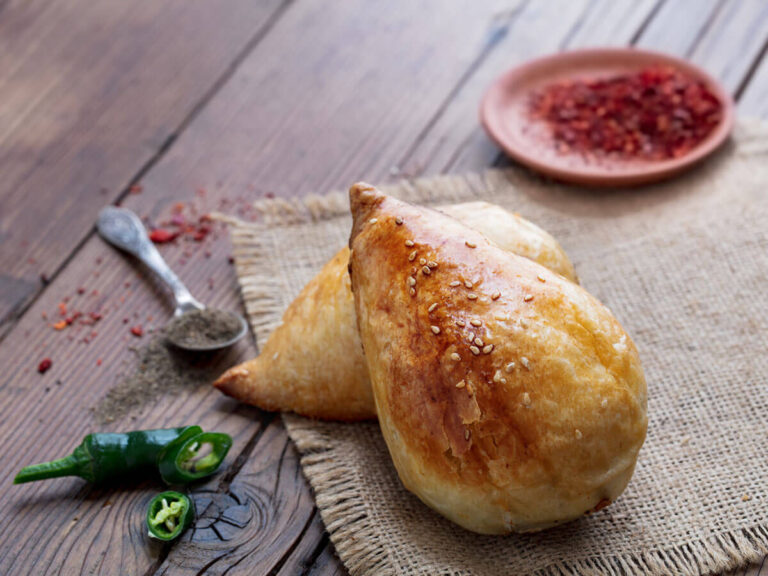


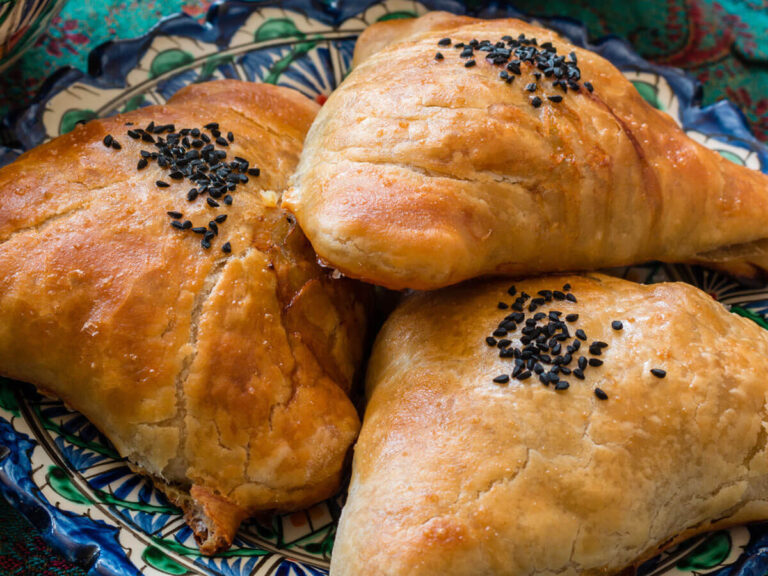
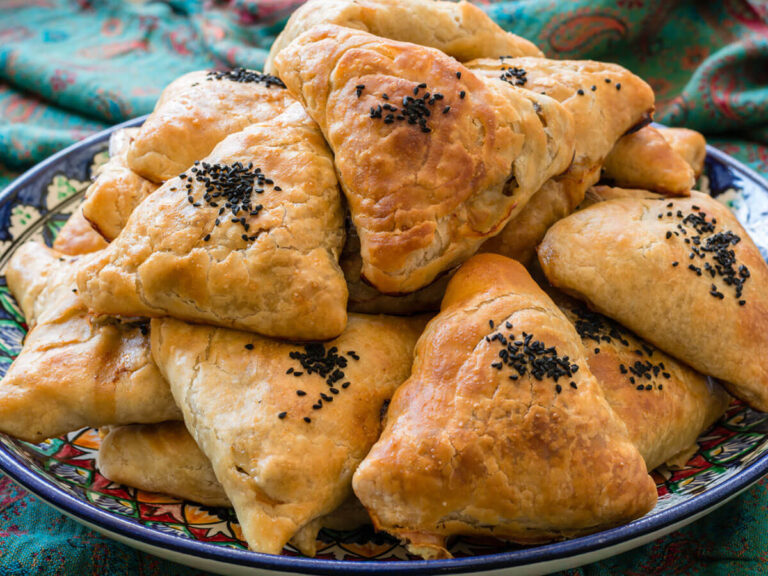
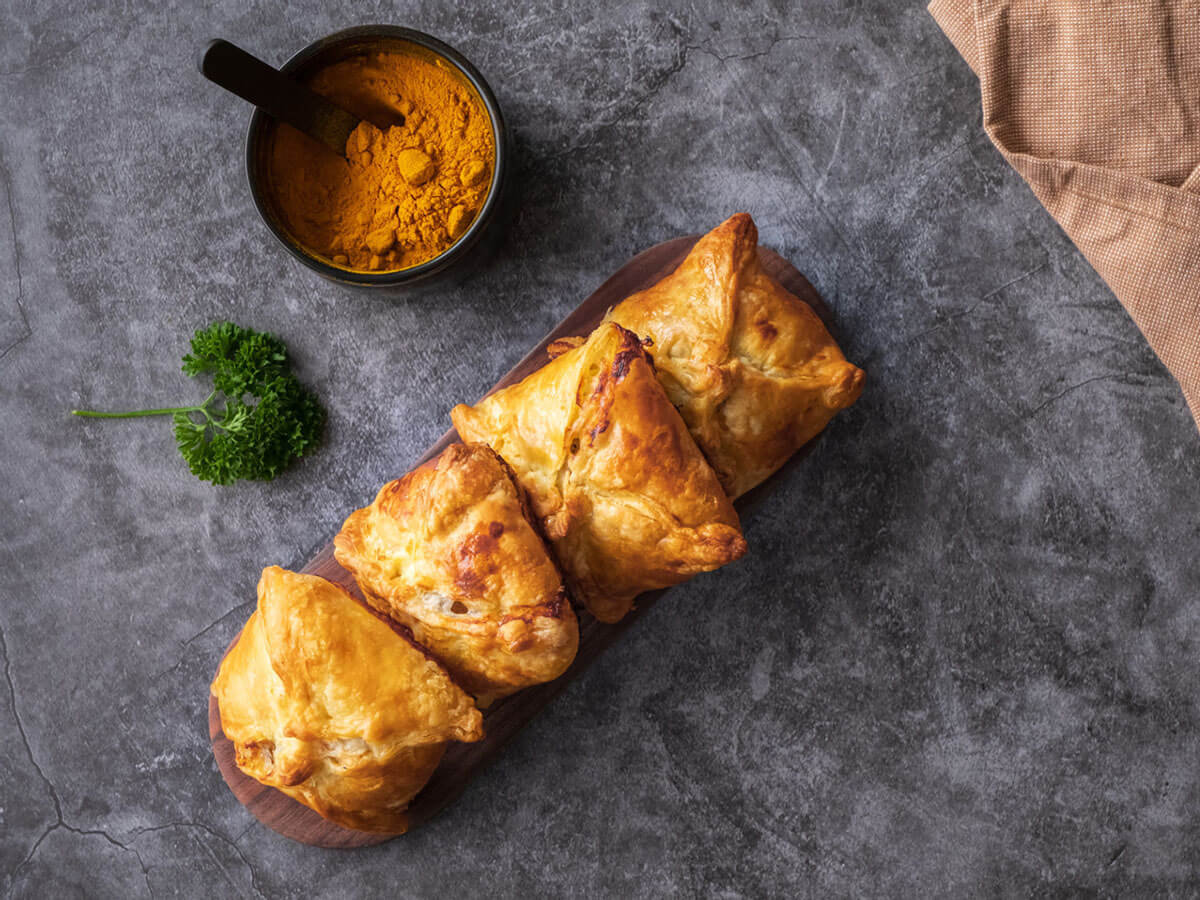
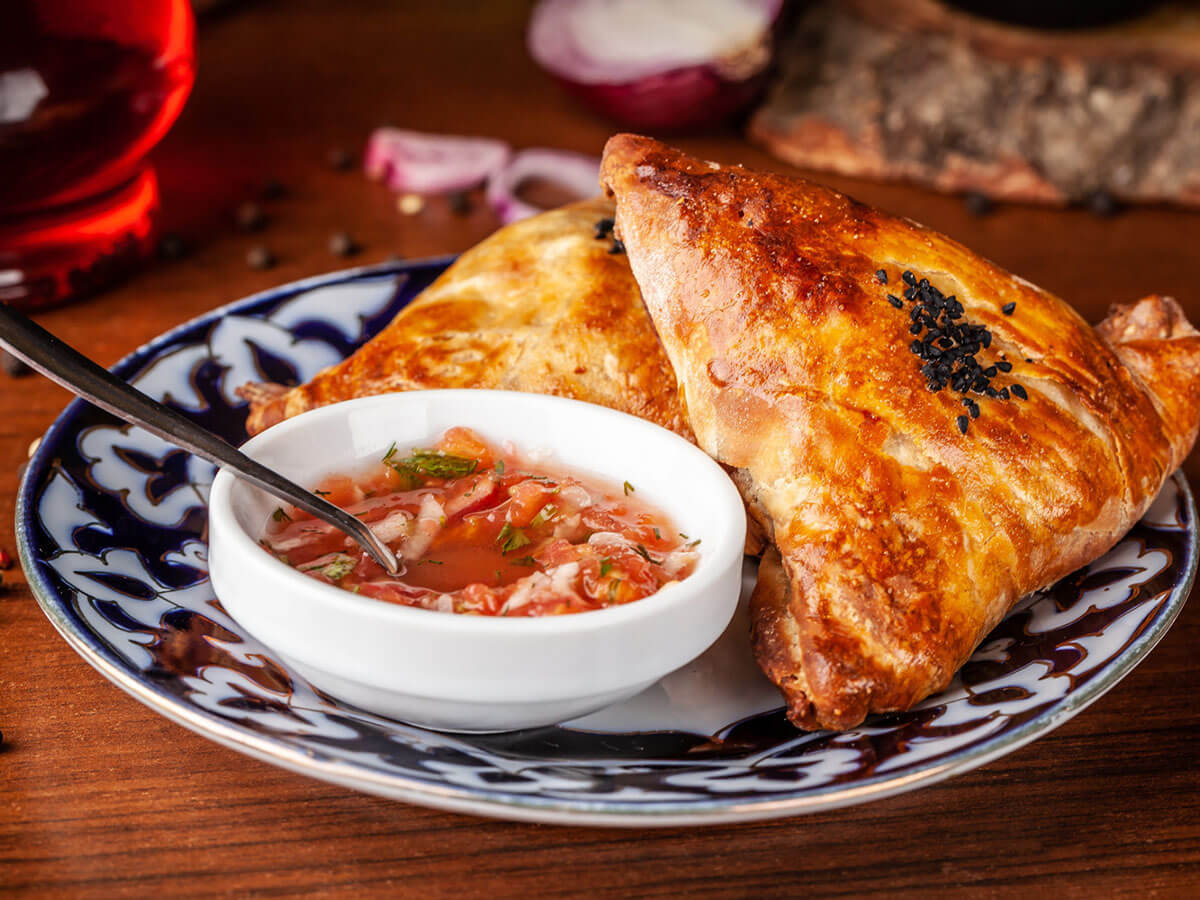
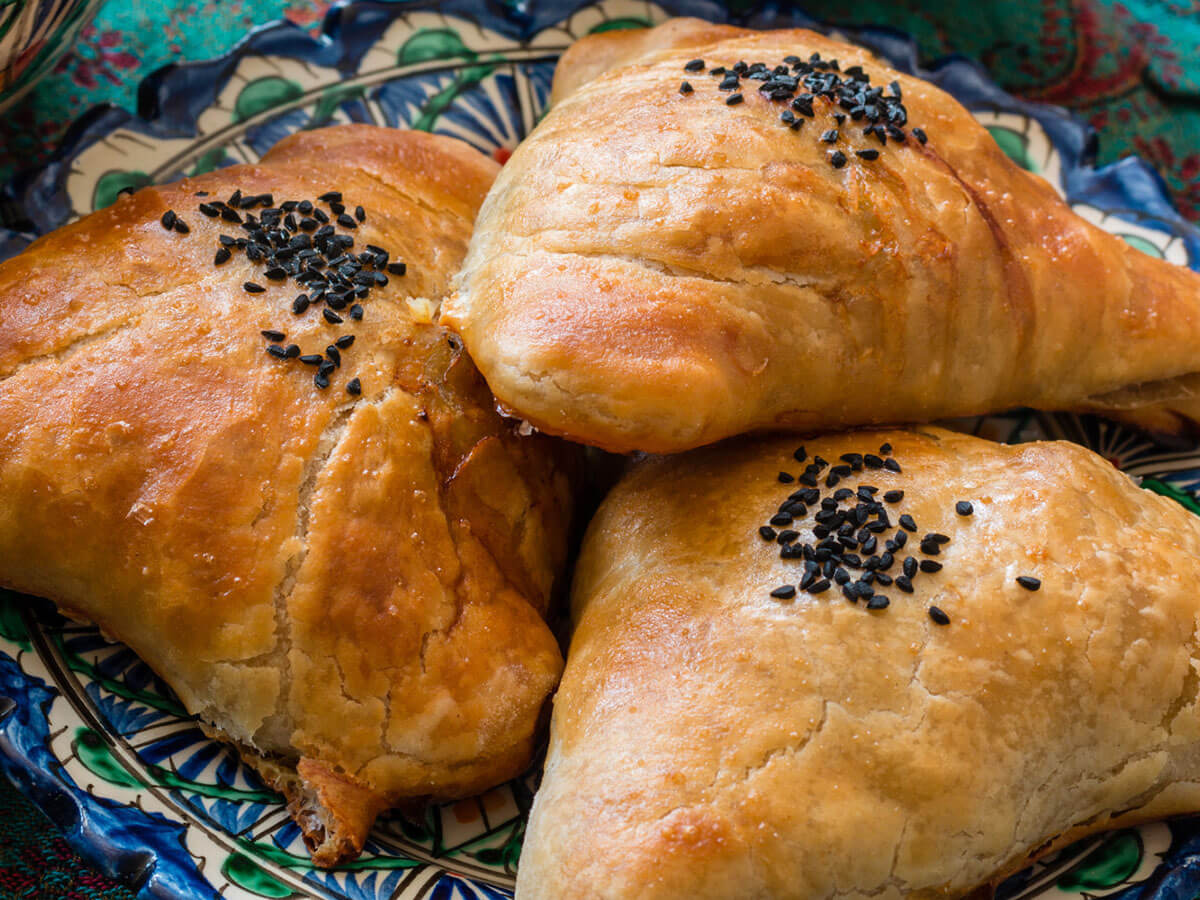
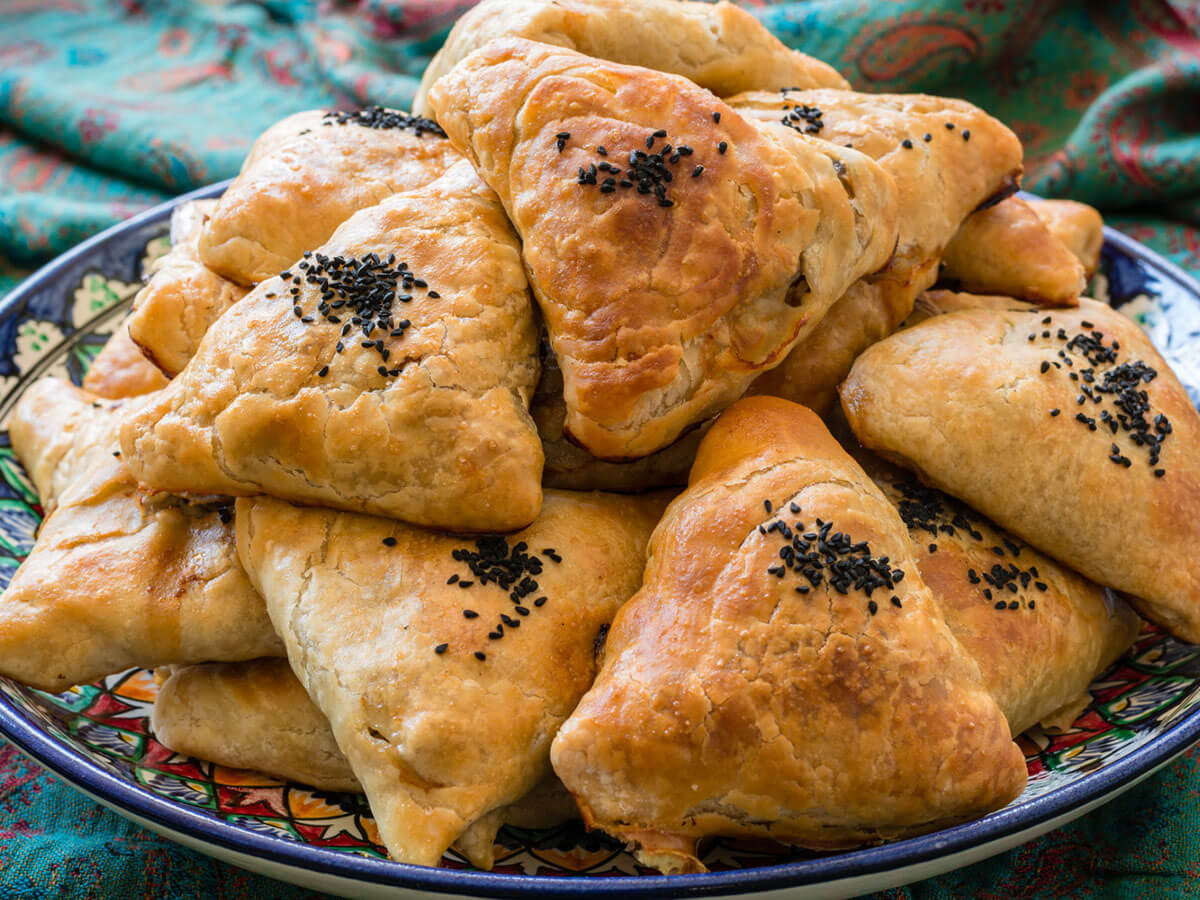

Adam Sam
Senior Food and Drink Editor
Expertise
Food Writer & Recipe Developer, Recipe Tester, Bartender, Cooking-video Maker, Editor In Chief
Education
Adam Sam, an experienced food writer and recipe developer, is passionate about blending diverse culinary traditions, national dishes, and innovative beverages, showcasing his proficiency in both traditional and modern recipe testing.
As the Editor-in-Chief, he elevates culinary content from street food to fine dining, focusing on Western cuisine and types of drinks at azcuisines.com, and is professional in creating engaging cooking videos that simplify complex dishes and ingredients.
His passion for food is evident in his writing, where he uniquely merges various cultures, traditions, and contemporary trends, skillfully combining classic recipes with modern cooking methods.